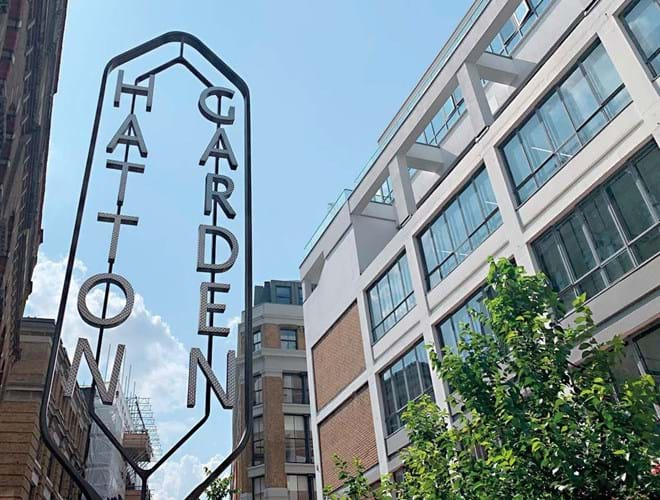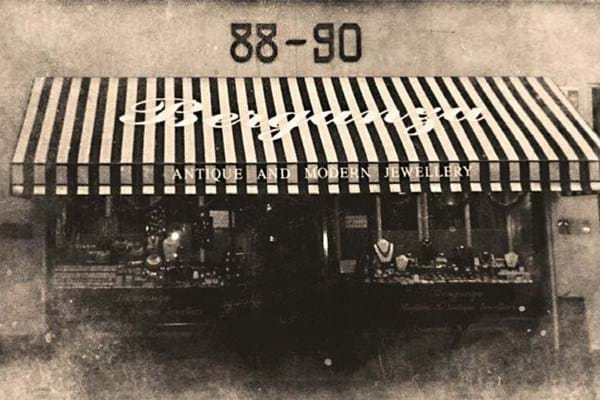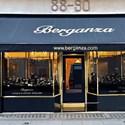
Hatton Garden, London’s historic diamond and jewellery quarter, suffered as much as any during the pandemic lockdowns.
Today, as the economic recovery continues, retailers and landlords are fighting to remain relevant in the post-Covid economy. Solutions are sought to address the rise of buying online, office workers spending more time working from home, and the changing landscape around the district including Crossrail and large-scale office developments attracting technology firms.
Remaining relevant is key to the Hatton Garden Business Improvement District (BID) that received the go-ahead for a second five-year term in March.
The BID (a partnership between local businesses to promote an area with a levy charged to fund the investment) has 420 levy-paying businesses and funds have so far been spent on improving signs, better street lighting, a cleaner environment and stronger security. It plans to invest £2m over the next five years.
Another boost for the area was the commitment from The London Diamond Bourse (LDB) to stay. After contemplating leaving in the run-up to its lease ending, it has now committed to a new five-year lease.
An LDB spokesperson said: “It would always be our intention to remain in Hatton Garden. We welcomed the introduction of the BID and LDB will always support and work with them to maintain business and improvements in the area. They really do work extremely hard and introduced some great initiatives.”
LDB said that, although it had lost some members due to retirement or people leaving the industry, in the last six months it has seen an increase in numbers again.
Vision tension
Although jewellery and diamonds are at the heart of the area, the larger landlords hope to attract new corporate office tenants and restaurants.
So, while 80% of businesses in the area voted for the BID’s second term there is an undeniable tension between the vision of big landlords and that of the traditional retailers.
A spokesperson for the BID said: “Some dealers in the area have been unreceptive to plans for change but over time many of the established retailers, particularly after Covid, have realised that improving the area for a wider market might have benefits for all.”
The different viewpoints of George Katz of the family-owned retail jeweller E Katz and Co, established in 1946, and Alistair Subba Row, senior partner at property agent Farebrother, are typical.
Katz questions how the money is being spent: “I agree with the BID keeping streets clean but I think it is wasting money on signage which costs a lot of money. I think money should go on advertising to promote Hatton Garden further afield to attract people from the home counties, the suburbs and further. We need more awareness. Local London people already know, so money should be spent on advertising to attract new types of people.”
Accept change
Subba Row, who works with landlords in the area, argues that change should not be resisted.
“You can’t stop regeneration happening but there is room for everyone. The area is changing – Crossrail is opening, the Museum of London is coming to Smithfield Market in 2025 and the local public realm is improving. The quality of the office stock is improving and different tenants are being attracted to the area including social media companies like TikTok and Snapchat.
"The BID wants to continue to make this area an exciting vibrant destination and new tenants will mean that those visiting the area for meetings or lunch might stop off and buy a present of jewellery. Everyone can benefit from the changes.”
Balancing act
It will be a balancing act to reconcile the old and the new in this part of Holborn – and preserve a 200-year association with gemstones and jewellery. Local jewellery designer Amanda Mansell sums up the worries of the jewellers in the area: “Much of the redevelopment over the past 10-plus years has seen jewellery workshops replaced with plush offices in this area.
“Manufacturing wasn’t restricted during Covid, which meant the close-knit community of skilled artisans and suppliers who still occupy Hatton Garden kept it alive, while the rest of the city remained lifeless as office workers were home working.
“It will be interesting to see what happens in future – will we see the jewellery workshops continue to keep this unique area of Hatton Garden and its heritage alive?”
In the spring Mansell is opening Forge on Leather Lane, a “creative hub and retail outlet” with a focus on jewellery making. The shop will offer workshops for interested members of the public and provide bench space and equipment hire for jewellers via a membership scheme.
Dealer in focus
Berganza at 88-90 Hatton Garden has been operating from the street for more than 30 years and the business itself dates back to the early 1970s. Founder Paul Daughters, who trained as a lapidary, moved into antique and vintage jewellery on discovering the best quality and finest gemstones were found in older examples.
The dealership has just refurbished its shop and added an extra window display for its extensive collection of Colombian emeralds, vintage and antique jewellery.


















